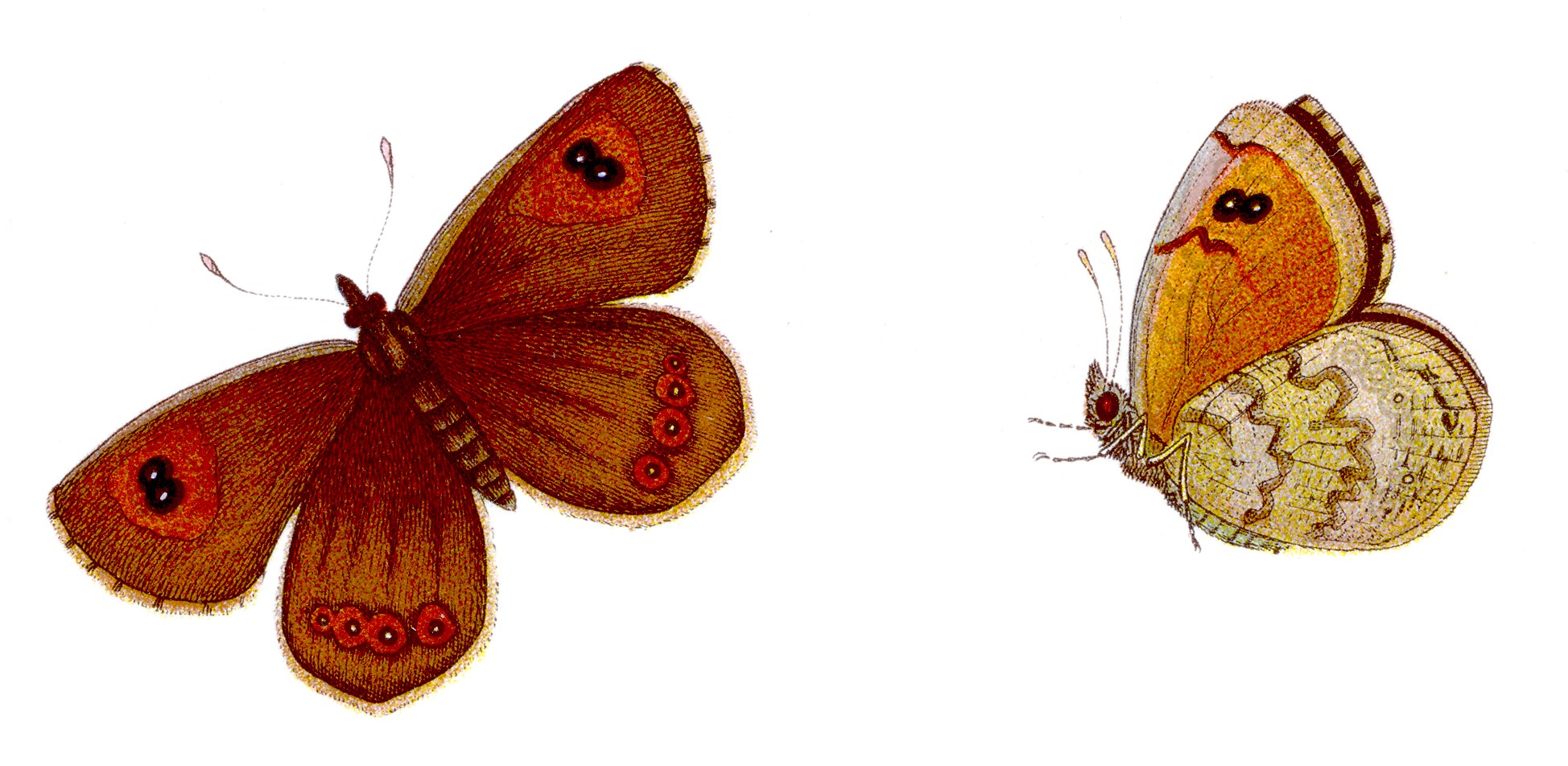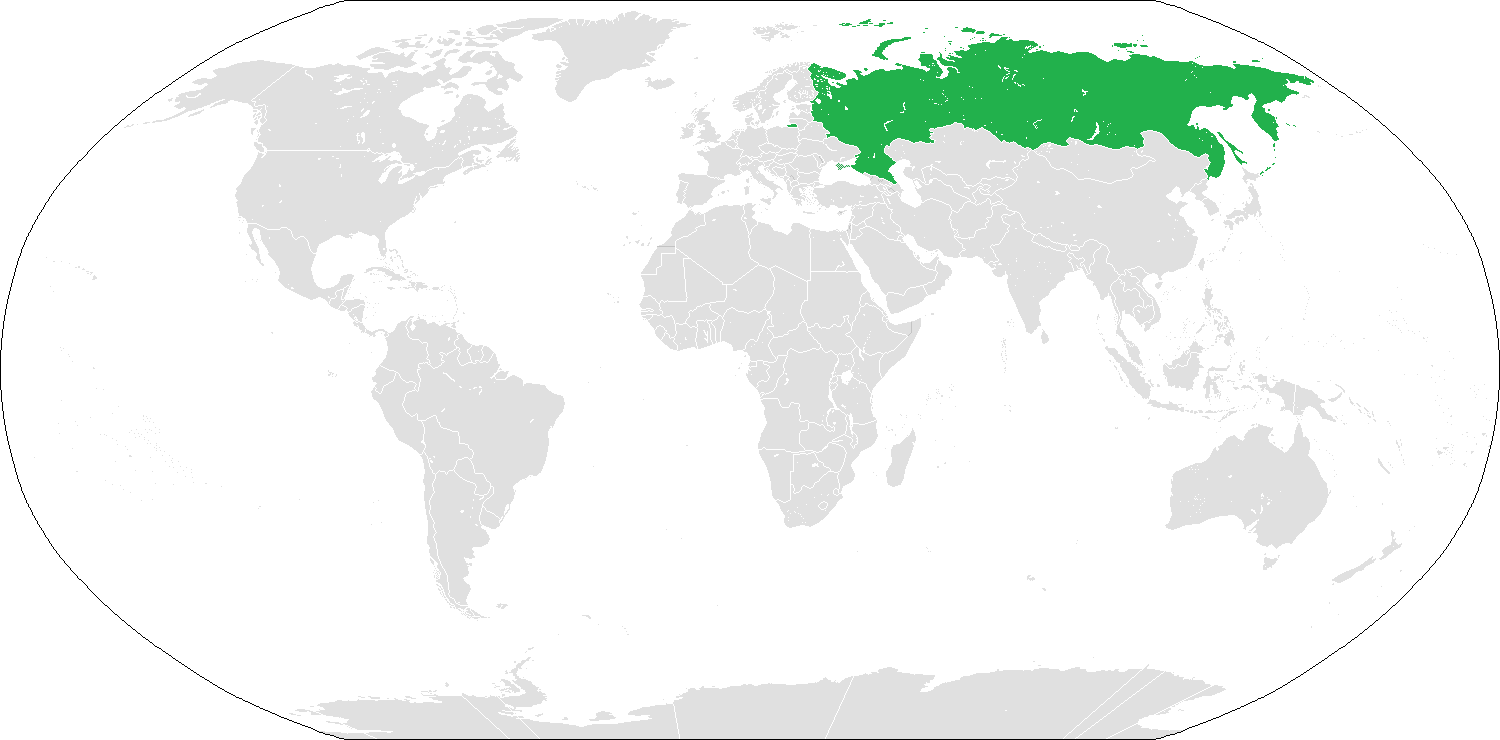|
Erebia Iranica
''Erebia iranica '' is a butterfly found in the East Palearctic The Palearctic or Palaearctic is the largest of the eight biogeographic realms of the Earth. It stretches across all of Eurasia north of the foothills of the Himalayas, and North Africa. The realm consists of several bioregions: the Euro-Sibe ... (Caucasus North Iran, Turkey) that belongs to the browns family. ''E. iranica'' Gr.-Grsh. was described as a forma of '' Erebia tyndarus'' from North Persia. It is often smaller than the nymotypical form of ''tyndarus'', the band of the fore- and hindwing being rather bright russet-red. The subapical ocelli of the forewing are large and bear bright white pupils.Seitz, A. ed. Band 1: Abt. 1, ''Die Großschmetterlinge des palaearktischen Faunengebietes, Die palaearktischen Tagfalter'', 1909, 379 Seiten, mit 89 kolorierten Tafeln (3470 Figuren) Subspecies *''E. i. iranica'' *''E. i. sheljuzhkoi'' Warren, 1935 (Caucasus) See also * List of butterflies of Russia R ... [...More Info...] [...Related Items...] OR: [Wikipedia] [Google] [Baidu] |
Adalbert Seitz
Friedrich Joseph Adalbert Seitz, (24 February 1860 in Mainz – 5 March 1938 in Darmstadt) was a German physician and entomologist who specialised in Lepidoptera. He was a director of the Frankfurt zoo from 1893 to 1908 and is best known for editing the multivolume reference on the butterflies and larger moths of the world ''Die Gross-Schmetterlinge der Erde'' which continued after his death. Biography Seitz was born in Mainz and went to school in Aschaffenburg, Darmstadt and Bensheim. He studied medicine from 1880 to 1885 and then zoology at Giessen. His doctorate was on the protective devices of animals. He worked as an assistant in the maternity hospital of the University of Giessen and then worked as a ship's doctor from 1887, travelling to Australia, South America and Asia. He began to collect butterflies on these travels. In 1891 he habilitated in zoology with a thesis on the biology of butterflies from the University of Giessen. In 1893 he took up a position as a director ... [...More Info...] [...Related Items...] OR: [Wikipedia] [Google] [Baidu] |
Grigory Grumm-Grzhimaylo
Grigory Yefimovich Grum-Grshimailo (russian: Григо́рий Ефи́мович Грумм-Гржима́йло, 1860–1936) was a Russian zoologist best known for his expeditions to Central Asia (Pamir, Bukhara, Tian-Shan, Kan-su, and Kukunor), western Mongolia and Tuva, and the Russian Far East. In literature his name is sometimes spelled as Grigor Efimowitsch Grumm-Grzhimailo or Grigory Yefimovich Grumm-Grzhimaylo. Life and work Born in St. Petersburg, his early interest was in the phylloxera problem in the vineyards of N. Y. Danilevsky. He wrote his first scientific work at the age of 21 on some Lepidoptera of the Crimea (1882, vol. 8 of the ''Proceedings of the Russian Entomological Society''). He was associated with Professor M. N. Bogdanov at the St. Petersburg Museum and contributed many of his own collections to it. He also studied the collections of the museum that had been made by Nikolai Przhevalsky, Grigory Potanin, Pyotr Semy ... [...More Info...] [...Related Items...] OR: [Wikipedia] [Google] [Baidu] |
Butterfly
Butterflies are insects in the macrolepidopteran clade Rhopalocera from the Order (biology), order Lepidoptera, which also includes moths. Adult butterflies have large, often brightly coloured wings, and conspicuous, fluttering flight. The group comprises the large superfamily (zoology), superfamily Papilionoidea, which contains at least one former group, the skippers (formerly the superfamily "Hesperioidea"), and the most recent analyses suggest it also contains the moth-butterflies (formerly the superfamily "Hedyloidea"). Butterfly fossils date to the Paleocene, about 56 million years ago. Butterflies have a four-stage life cycle, as like most insects they undergo Holometabolism, complete metamorphosis. Winged adults lay eggs on the food plant on which their larvae, known as caterpillars, will feed. The caterpillars grow, sometimes very rapidly, and when fully developed, pupate in a chrysalis. When metamorphosis is complete, the pupal skin splits, the adult insect climbs o ... [...More Info...] [...Related Items...] OR: [Wikipedia] [Google] [Baidu] |
Palearctic
The Palearctic or Palaearctic is the largest of the eight biogeographic realms of the Earth. It stretches across all of Eurasia north of the foothills of the Himalayas, and North Africa. The realm consists of several bioregions: the Euro-Siberian region; the Mediterranean Basin; the Sahara and Arabian Deserts; and Western, Central and East Asia. The Palaearctic realm also has numerous rivers and lakes, forming several freshwater ecoregions. The term 'Palearctic' was first used in the 19th century, and is still in use as the basis for zoogeographic classification. History In an 1858 paper for the ''Proceedings of the Linnean Society'', British zoologist Philip Sclater first identified six terrestrial zoogeographic realms of the world: Palaearctic, Aethiopian/Afrotropic, Indian/Indomalayan, Australasian, Nearctic, and Neotropical. The six indicated general groupings of fauna, based on shared biogeography and large-scale geographic barriers to migration. Alfred Wallace a ... [...More Info...] [...Related Items...] OR: [Wikipedia] [Google] [Baidu] |
Nymphalidae
The Nymphalidae are the largest family of butterflies, with more than 6,000 species distributed throughout most of the world. Belonging to the superfamily Papilionoidea, they are usually medium-sized to large butterflies. Most species have a reduced pair of forelegs and many hold their colourful wings flat when resting. They are also called brush-footed butterflies or four-footed butterflies, because they are known to stand on only four legs while the other two are curled up; in some species, these forelegs have a brush-like set of hairs, which gives this family its other common name. Many species are brightly coloured and include popular species such as the emperors, monarch butterfly, admirals, tortoiseshells, and fritillaries. However, the under wings are, in contrast, often dull and in some species look remarkably like dead leaves, or are much paler, producing a cryptic effect that helps the butterflies blend into their surroundings. Nomenclature Rafinesque introduced ... [...More Info...] [...Related Items...] OR: [Wikipedia] [Google] [Baidu] |
Erebia Tyndarus
''Erebia tyndarus'', the Swiss brassy ringlet, is a European brush-footed butterfly species of the subfamily Satyrinae. Systematics, taxonomy and evolution The Swiss brassy ringlet belongs to the brassy ringlet group of its genus ''Erebia''. These are found in taiga and alpine habitat across Eurasia, with one population in comparatively recent times colonizing North America. The brassy ringlet group, like many ''Erebia'', has a complicated taxonomy, with scores of "variants" having been named in the late 19th and early 20th century. Most of these in fact were simply aberrations, local or seasonal forms. As this was realized, the brassy ringlets of the Alps and Pyrenees were united in ''E. tyndarus'', either as a superspecies or as a species. In recent times, this question has been restudied, including the DNA sequence data available nowadays. The view that only a single species of this non-migratory butterfly with restricted habitat preferences occurs in far-flung localities ... [...More Info...] [...Related Items...] OR: [Wikipedia] [Google] [Baidu] |
List Of Butterflies Of Russia
This is a list of butterflies of Russia. About 540 species are known from Russia. The butterflies (mostly diurnal) and moths (mostly nocturnal) together make up the taxonomic order Lepidoptera. The history of lepidopterology in Russia is connected with the organization of the first Russian museum The Kunstkamera established by Peter the Great in 1714. In 1717, he purchased the collection of Albert Seba, a merchant from Amsterdam, for the new museum. In 1832 the Zoological Museum of the Imperial Academy of Sciences was separated as a distinct institution which in 1931 became the Zoological Institute of the USSR Academy of Sciences (since 1991 — Russian Academy of Sciences). In 1859, the then director of the Zoological Museum, Johann Friedrich von Brandt was one of the founders of the Russian Entomological Society in 1859 and in St. Petersburg . Other founders were Karl Ernst von Baer, Ya. A. Kushakevich, Colonel Alexander Karlovich Manderstern, Alexander von Middendorff an ... [...More Info...] [...Related Items...] OR: [Wikipedia] [Google] [Baidu] |
Barcode Of Life Data Systems
The Barcode of Life Data System (commonly known as BOLD or BOLDSystems) is a web platform specifically devoted to DNA barcoding. It is a cloud-based data storage and analysis platform developed at the Centre for Biodiversity Genomics in Canada. It consists of four main modules, a data portal, an educational portal, a registry of BINs (putative species), and a data collection and analysis workbench which provides an online platform for analyzing DNA sequences. Since its launch in 2005, BOLD has been extended to provide a range of functionality including data organization, validation, visualization and publication. The most recent version of the system, version 4, launched in 2017, brings a set of improvements supporting data collection and analysis but also includes novel functionality improving data dissemination, citation, and annotation. Before November 16, 2020, BOLD already contained barcode sequences for 318,105 formally described species covering animals, plants, fungi, protist ... [...More Info...] [...Related Items...] OR: [Wikipedia] [Google] [Baidu] |
Satyrinae
The Satyrinae, the satyrines or satyrids, commonly known as the browns, are a subfamily of the Nymphalidae (brush-footed butterflies). They were formerly considered a distinct family, Satyridae. This group contains nearly half of the known diversity of brush-footed butterflies. The true number of the Satyrinae species is estimated to exceed 2,400. Overview They are generally weak fliers and often shun bright sunlight, preferring moist and semishaded habitats. The caterpillars feed chiefly on monocotyledonous plants such as palms, grasses, and bamboos. The Morphinae are sometimes united with this group. The taxonomy and systematics of the subfamily are under heavy revision. Much of the early pioneering work of L. D. Miller has helped significantly by creating some sort of order. '' Dyndirus'' (Capronnier, 1874) is a satyrid ''incertae sedis''. Other than this genus, according to the latest studies on the classification of Nymphalidae, all satyrines have been assigned to one of t ... [...More Info...] [...Related Items...] OR: [Wikipedia] [Google] [Baidu] |

_male_in_flight.jpg)
.jpg)

